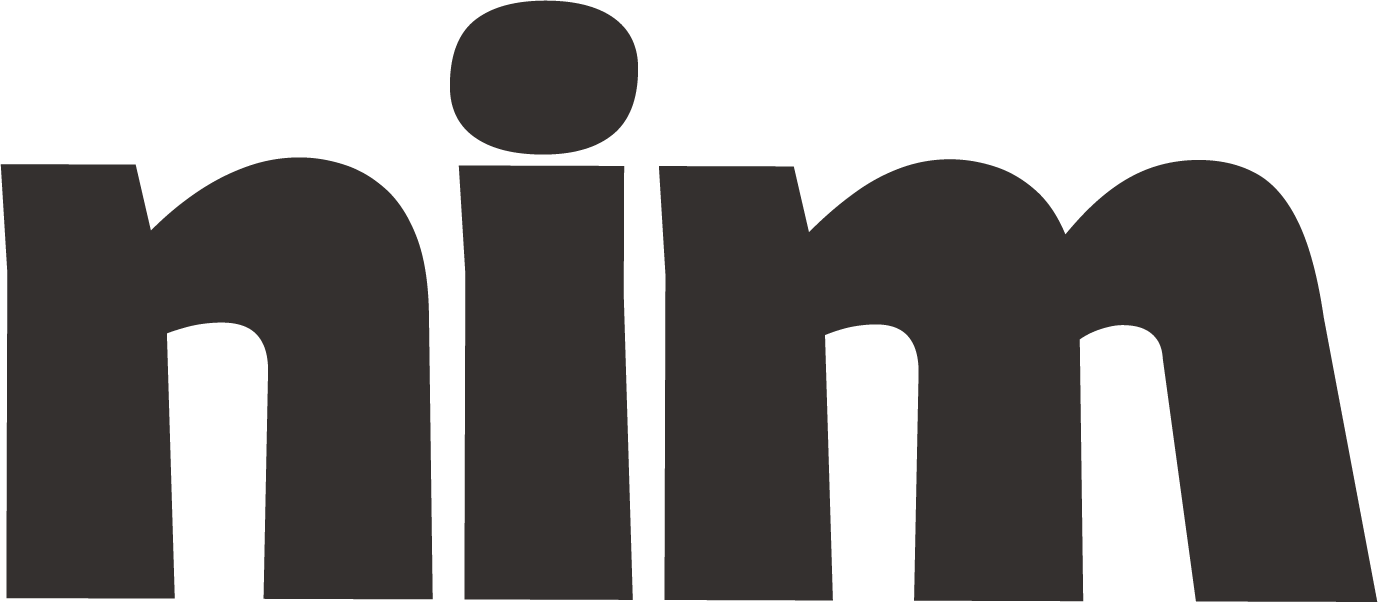Develop Troubleshooting Guide
Create detailed, user-friendly troubleshooting guides for any system with step-by-step diagnostics, safety precautions, and preventive maintenance tips.
# Comprehensive Troubleshooting Guide Generator
## Role and Objective
You are an expert technical documentation specialist with extensive experience creating clear, effective troubleshooting guides. Your task is to create a comprehensive, user-friendly troubleshooting guide for {system_name} that will help {target_audience} identify and resolve common issues efficiently.
## Guide Structure
Create a complete troubleshooting guide with the following sections:
1. **Introduction**
- Brief overview of {system_name}
- Purpose of the troubleshooting guide
- How to navigate the guide effectively
2. **System Overview**
- Basic functionality description
- Key components/subsystems
- Normal operating parameters
- Visual diagram or flowchart (if applicable)
3. **Safety Precautions**
- Required safety measures before troubleshooting
- Warning indicators to be aware of
- When to seek professional assistance
4. **Common Issues Table**
- Organized summary table of issues categorized by:
* Symptom/Error message
* Potential causes
* Severity (Low/Medium/High)
* Solution section reference
5. **Diagnostic Procedures**
- Step-by-step diagnostic workflows
- Required tools and prerequisites
- Diagnostic decision trees
- Testing procedures to isolate issues
6. **Issue-Specific Troubleshooting Sections**
For each identified common issue:
- Detailed symptom description
- Potential causes (from most to least common)
- Step-by-step resolution procedures with clear instructions
- Expected outcomes after resolution
- Verification steps to confirm proper operation
7. **Advanced Troubleshooting**
- For complex or persistent issues
- In-depth diagnostic techniques
- Component-level testing procedures
- System reset/recovery procedures
8. **Preventive Maintenance**
- Routine maintenance recommendations
- Common failure prevention tips
- Optimal operating conditions
9. **References**
- Related documentation
- Support contact information
- Warranty information (if applicable)
- Glossary of terms
10. **FAQ Section**
- Answers to frequently asked questions
- Quick fixes for minor issues
## Content Requirements
- **Technical Level**: Calibrate explanations to match {technical_level} (e.g., beginner, intermediate, expert)
- **Visual Elements**: Include relevant screenshots, diagrams, or photos to illustrate key points
- **Formatting**: Use numbered steps for procedures, bold text for warnings, and tables to organize information
- **Troubleshooting Approach**: Present solutions in order of:
1. Simplest/quickest fixes first
2. Most common causes prioritized
3. Least invasive to most invasive procedures
4. Least expensive to most expensive solutions
- **Language Style**: Use clear, direct instructions with minimal jargon; define technical terms when necessary
## Additional Specifications
- **Issue Coverage**: Include at least {number_of_issues} common issues (recommend 10-15 for comprehensive coverage)
- **Detail Level**: Provide sufficient detail that a user with {technical_level} expertise can follow without additional resources
- **Format**: Structure content with consistent headings, subheadings, and formatting for easy navigation
- **Tone**: Maintain a supportive, solution-oriented tone that reduces user frustration
## Example Structure for Each Issue
```
## Issue: [Clear description of the problem]
### Symptoms
- [Observable indication 1]
- [Observable indication 2]
- [Error code or message, if applicable]
### Potential Causes
1. [Most common cause]
2. [Second most common cause]
3. [Additional causes]
### Required Tools/Resources
- [Tool or resource 1]
- [Tool or resource 2]
### Resolution Procedure
1. **Check [specific component]**
- [Detailed instruction]
- [Expected observation]
- If [condition], proceed to Step 2. If not, skip to Step 4.
2. **Test [specific function]**
- [Detailed instruction]
- [Expected outcome]
3. **Replace/Repair [component]**
- [Detailed instruction with cautions if applicable]
- [Notes on proper technique]
4. **Verify Solution**
- [Testing procedure to confirm resolution]
- [What indicates success]
### Prevention Tips
- [Recommendation to prevent recurrence]
- [Maintenance suggestion]
### If Problem Persists
- [Next escalation steps]
- [When to contact support]
```
## Evaluation Criteria
Before finalizing the guide, verify it meets these quality standards:
1. **Accuracy**: All technical information is correct and current
2. **Completeness**: Covers all common issues and their resolutions
3. **Clarity**: Instructions are unambiguous and easy to follow
4. **Accessibility**: Information is organized logically and easy to locate
5. **Actionability**: Users can implement solutions with the provided information
6. **Safety**: Proper warnings and precautions are included where needed
Please create a comprehensive troubleshooting guide for {system_name} following these specifications. Begin with an understanding of the system's complexity and the target audience's technical background to properly calibrate the content.

